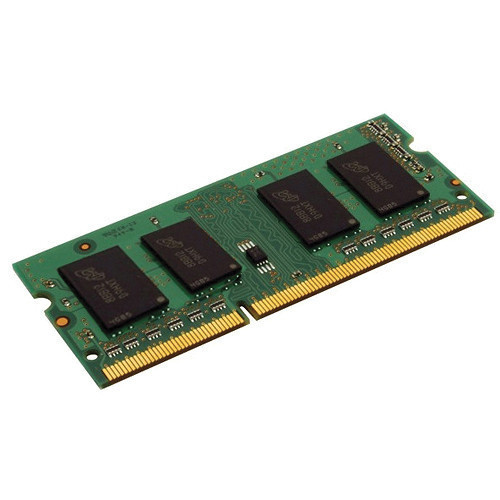
In the fast-paced world of technology, output devices play a pivotal role in our daily lives. These devices are responsible for converting digital data into tangible information that we can perceive through our senses. From the familiar printer to more complex audio systems, output devices are all around us, making our interactions with technology seamless and meaningful. In this article, we will delve into the world of output devices, exploring their types, functions, and real-world applications. So, let’s embark on this journey of discovery and gain a deeper understanding of the technology that surrounds us.
Introduction
In this digital age, we are constantly surrounded by technology. We interact with computers, smartphones, and various electronic devices on a daily basis. Have you ever wondered how these devices communicate with us? That’s where output devices come into play.
What Are Output Devices?
Output devices are hardware components that provide a way for computers and other digital devices to communicate with humans. They take digital data and convert it into a form that we can perceive. These devices are essential for receiving information from our devices in a human-readable or sensory format.
Types of Output Devices
3.1 Monitors
Monitors are one of the most common output devices. They display visual information from computers and are used in various applications, from office work to gaming.
3.2 Printers
Printers are indispensable for generating physical copies of digital documents. They come in different types, including inkjet, laser, and dot matrix printers.
3.3 Speakers
Speakers allow us to hear audio output from our devices. Whether it’s music, videos, or notifications, speakers play a crucial role in our multimedia experiences.
3.4 Projectors
Projectors are used to display large images or presentations on screens or walls, making them ideal for classrooms and boardrooms.
3.5 Headphones
Headphones provide a personal audio output experience. They are popular for listening to music, taking calls, and immersing oneself in virtual environments.
3.6 Plotters
Plotters are specialized output devices used for precise and detailed drawings, often in fields like engineering and architecture.
3.7 Microphones
Microphones capture sound and convert it into digital data. They are essential for voice recording, online meetings, and voice commands.
3.8 Braille Displays
Braille displays are designed for individuals with visual impairments. They convert digital text into Braille characters, allowing users to read digital content through touch.
3.9 Haptic Devices
Haptic devices provide tactile feedback, enhancing virtual reality experiences and simulations.
3.10 Virtual Reality (VR) Headsets
VR headsets immerse users in virtual environments, using a combination of visual and auditory output.
How Do Output Devices Work?
Output devices work by receiving electronic signals from a computer or device and translating them into a format that we can perceive. Monitors, for example, use pixels to display images, while printers use ink or toner to create text and images on paper.
Applications in Everyday Life
Output devices are all around us, enhancing our daily experiences. From the monitor on your desk to the speakers in your car, these devices make technology accessible and user-friendly.
The Evolution of Output Devices
Output technology has come a long way since the early days of computing. Advances in materials, design, and connectivity have led to more sophisticated and versatile output devices.
Challenges in Output Technology
While output devices have made remarkable progress, there are still challenges to overcome, such as achieving higher resolution in displays and improving the realism of virtual reality experiences.
The Future of Output Devices
As technology continues to evolve, output devices will become even more integrated into our lives. Expect to see innovations like flexible displays and enhanced haptic feedback in the coming years.
Choosing the Right Output Device
Selecting the right output device depends on your specific needs. Consider factors like the type of content you work with, your budget, and your preferences.
Conclusion
In conclusion, output devices are the bridge between the digital and physical worlds. They enable us to interact with technology in meaningful ways, from viewing images on a monitor to hearing music through headphones. As technology advances, we can look forward to even more exciting developments in the world of output devices.

